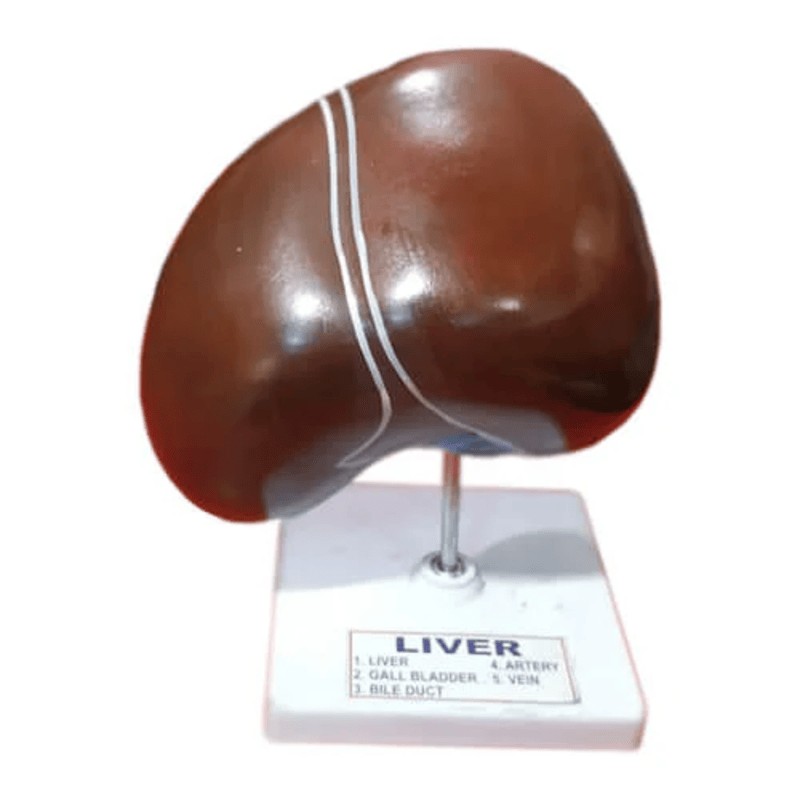Description:
A human liver model is a physical representation of the human liver, designed to illustrate its structure, function, and various diseases. These models can vary in complexity, from simple representations to highly detailed models that include blood vessels, bile ducts, and even microscopic structures.
Uses:
-
Educational Tool:
- Medical Schools and Universities: Used to teach anatomy, physiology, and pathology to medical, nursing, and other healthcare students.
- High Schools and Colleges: Used to introduce students to human anatomy and biology.
-
Patient Education:
- Doctor-Patient Communication: Used to explain liver conditions, treatments, and procedures to patients in a clear and understandable way.
- Health Awareness Campaigns: Used to raise awareness about liver health and diseases.
-
Medical Research:
- Drug Testing and Development: Used to study the effects of new drugs on liver function and metabolism.
- Disease Modeling: Used to model liver diseases, such as cirrhosis and hepatitis, to better understand their progression and develop new treatments.
-
Surgical Training:
- Liver Transplant Surgery: Used to practice surgical techniques and procedures.
- Liver Resection: Used to simulate liver resection surgeries.
-
Artistic and Display Purposes:
- Medical Museums and Exhibitions: Used to display the anatomy of the human liver.
- Art and Design: Used as inspiration for sculptures and other artistic creations.
If you'd like to know more about this chemical or need any analysis
report regarding this chemical then contact us support@echem.com.bd.

Login To Comment